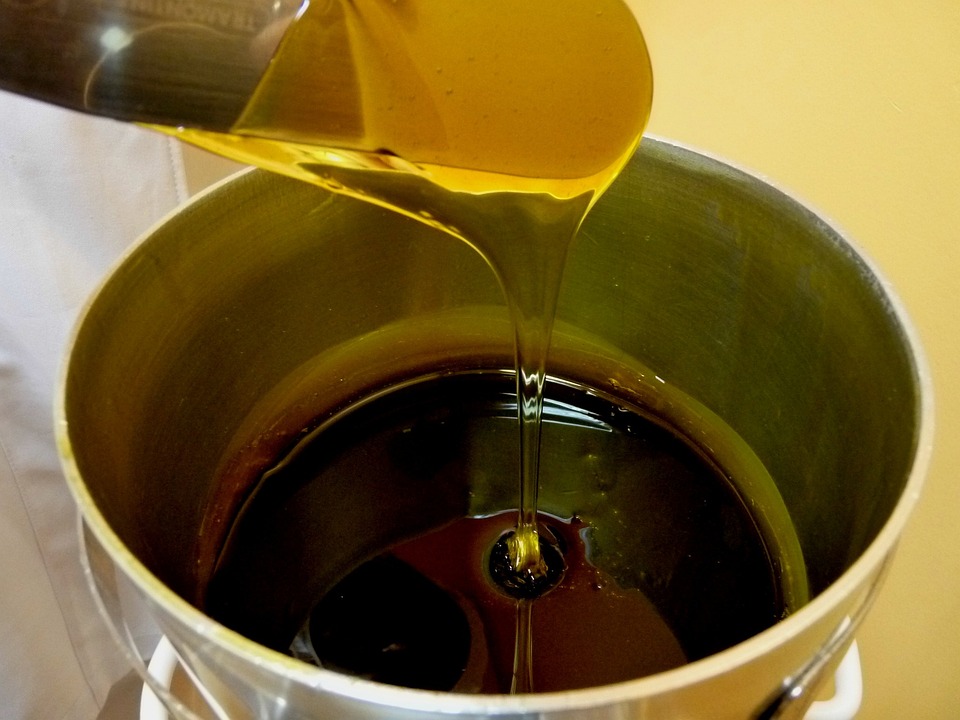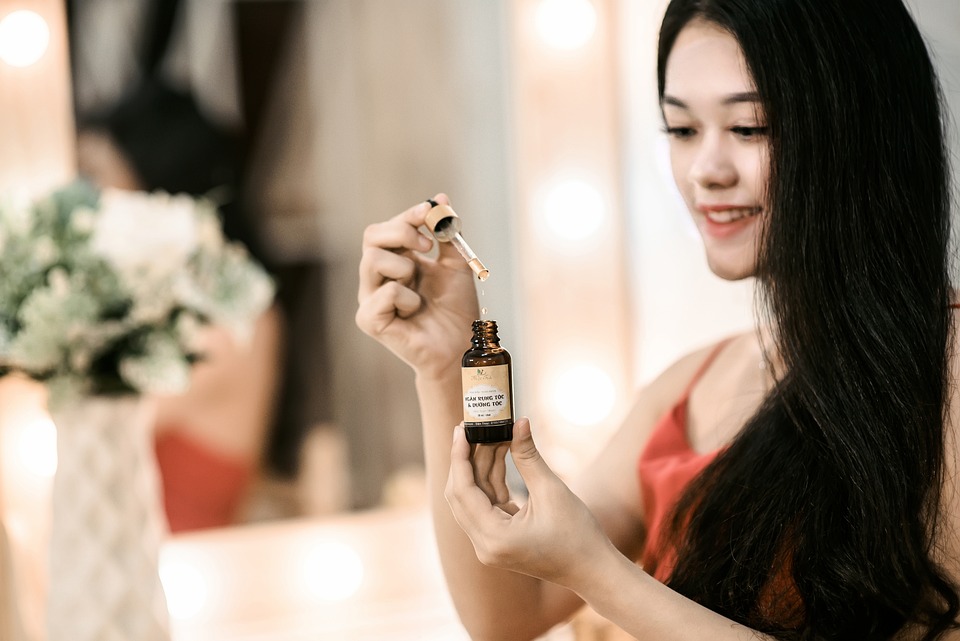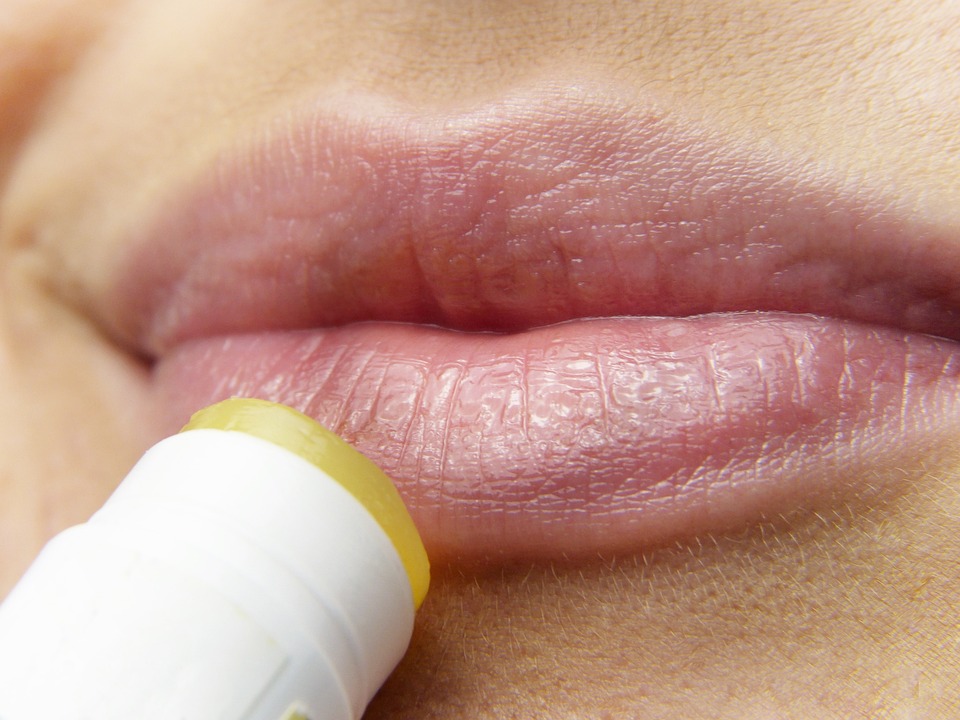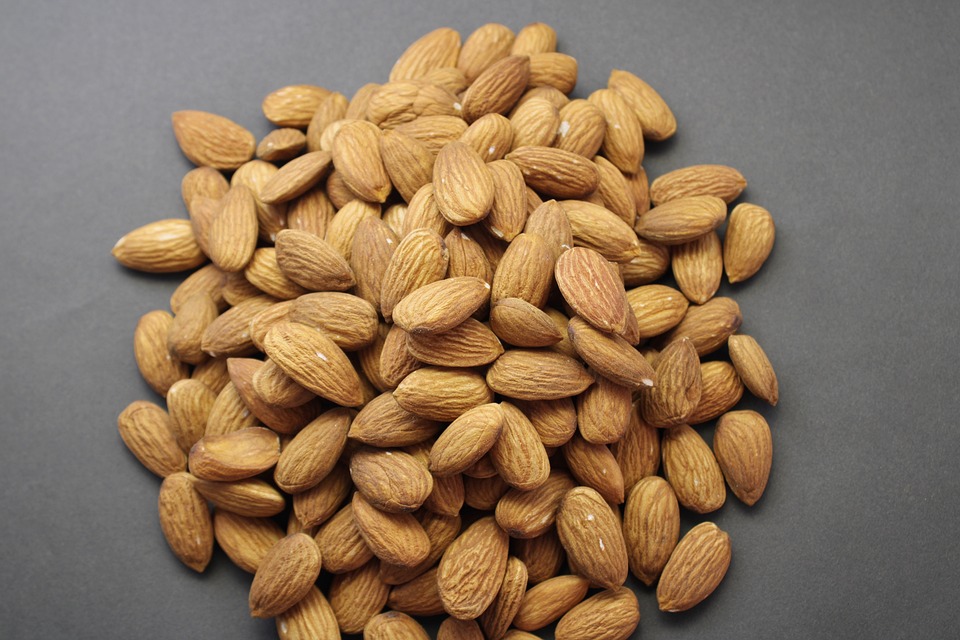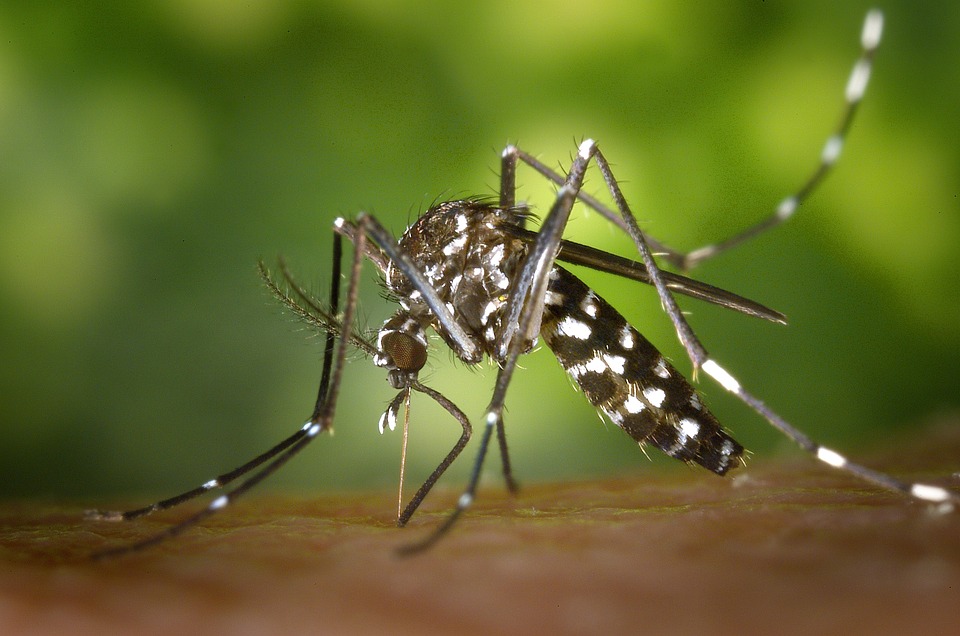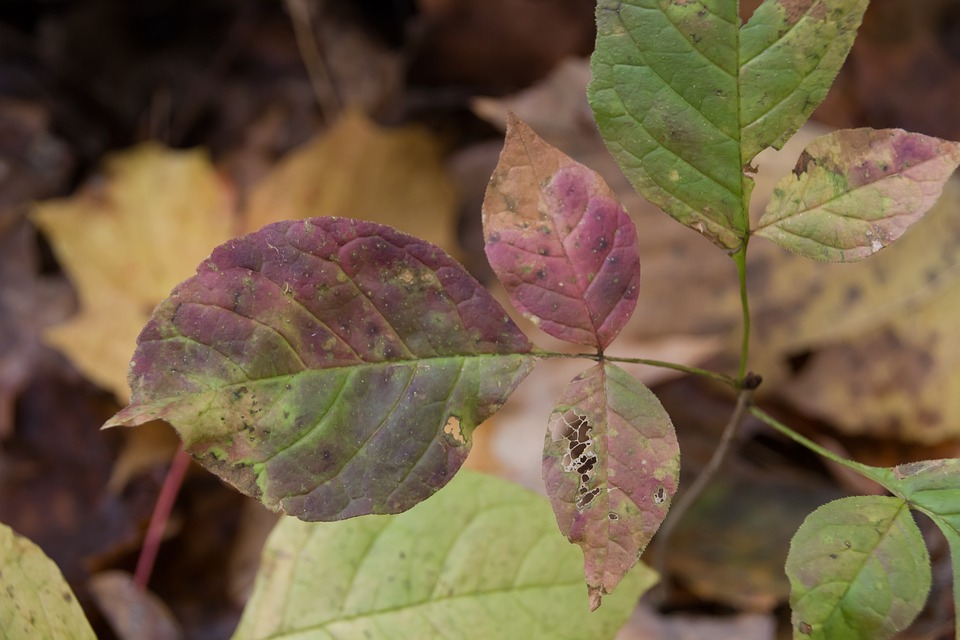
An allergic reaction called contact dermatitis can be caused by poisoning from an oily residue called urushiol, which is abundantly found in poison ivy. Urushiol is present in the foliage, buds, fruits, and roots of the dangerous poison ivy, poison oak, and sumac plants. This resin is very adhesive, so it will easily adhere to your skin, clothing, things, and pet hair.
What are the symptoms?
The symptoms of a poison ivy rash include:
- Redness
- Itching
- Swelling
- Blisters
- Difficulty breathing (if you’ve inhaled the smoke from burning poison ivy)
The rash frequently appears as a streaky pattern due to the plant’s contact to your skin. If you touch a garment, item, or pet hair that contains urushiol, the rash you receive may be spread out over a larger area.
The intensity of the rash is dependent on how much urushiol ends up on your skin. A part of the body with a greater amount of urushiol will likely result in a rash forming faster or with more ferocity.
How is poison ivy spread?
One needs to have their skin make direct contact with urushiol oil from the plant in order to be adversely affected. Direct contact includes:
- Touching the leaves, stem, roots, or berries of the poison ivy plant itself.
- Walking through poison ivy and then later touching your clothing or shoes. The urushiol may then transfer to your hands, which you may then transfer to your face or body by touching or rubbing.
- If a contaminated object (such as gardening equipment) isn’t cleaned, the urushiol on it can cause a skin reaction if you come into contact with it.
- Even the smoke from burning poison ivy, poison oak, and poison sumac contains urushiol and can irritate or harm your nasal passages or lungs.
How long does it take for a poison ivy rash to develop? How long does it last?
The rash caused by poison ivy often appears between 12 and 72 hours after skin has been in contact with it. Despite this, there is a chance of the urushial oil being spread on your body, clothing, pet, and other items if it stays on for too long. In such cases, it can get transferred to other people if they come in contact with the oil by touching any of those things without you knowing.
Once you recognize the indicment of poison ivy, its symptoms usually endure for between two and four weeks.
Usually the rash appears gradually rather than all at once. It’s possible that the plant oil is being held in different parts of the body at different speeds, or that multiple encounters (with objects, materials, or oils beneath your nails from scratching) are letting it circulate.
Is a poison ivy rash contagious?
It is not possible to contract a poison ivy rash from someone else, and any blister fluid from a rash will not contain any of the allergen urushiol that causes the rash, so it won’t result in the rash spreading.
You will not contract poison ivy unless you have come into contact with the urushiol oil from another individual, which is still present on their skin or clothing. In the same way, your animal companion can expose you to poison ivy only if the urushiol is still present on its hair.
Is everyone allergic to poison ivy?
It is predicted that the majority of Americans, up to 85%, are allergic to poison ivy while the remaining 15% will remain unaffected if they come into contact with it. It is assumed that an individual’s responsiveness to urushiol may evolve over time.
What should you do if you know you’ve been in contact with poison ivy?
Rinse your body quickly with warm water and soap if you touch poison ivy. Rinsing away the oil could lower your probability of experiencing a rash from poison ivy.
If you don’t have access to soap and water while outdoors, rubbing alcohol (e.g. hand sanitizer) or particular items made to get rid of urushiol may be beneficial.
How do you wash poison ivy off clothing and other objects?
Wash affected clothing items separately with laundry detergent. Use the highest temperature setting that your machine suggests and choose the longest and largest load setting. It is important to wash each item individually to avoid the urushiol from going onto other clothing pieces.
You can use rubbing alcohol to disinfect things like sandals, rain boots, hiking poles, or gardening supplies that cannot be washed. Make sure to safeguard your hands by donning disposable gloves.
Be sure to be aware that the urushiol could stay active on an object for multiple months, if not years, and then end up on your skin.
How do you prevent poison ivy?
- When hiking, try to stay on cleared trails. When picnicking or camping, make sure you put your blanket or tent in an area free of plants.
- Keep pets from running through vine-covered areas so that urushiol doesn’t accidentally stick to their fur, which you then may touch. Bathe your pet immediately if there is any question of exposure.
- Wear protective clothing such as socks, boots, pants, long sleeves, and gardening gloves. Clean contaminated clothing and objects immediately in a washing machine or with alcohol.
- Wash your skin or your pet’s fur after potential exposure. Ideally, within 30 minutes of exposure, use soap and water to gently wash off the harmful resin from your skin. Scrub under your fingernails too. Even washing after an hour or so can help reduce the severity of the rash.
The most effective home remedies for poison ivy
If you have even the slightest suspicion that you could have come in contact with poison ivy, try these home remedies:
1. Dish soap and cold water
The initial action to take when exposed to poison ivy is to limit the distribution of the triggering material. The seriousness of the rash increases in direct relation to how much urushiol is taken in through the skin. It is best to eliminate the problem as soon as possible to avoid it from becoming more widespread. Studies have shown that half of the toxic material can penetrate the skin after only 10 minutes of contact. If you are located by a plant of the poison ivy variety, don’t delay the inevitable and wait for the itching to commence.
A product with a grease-cutting component is the best choice to eliminate as much of the urushiol oil from the skin before it’s taken in. Dish soap is the first choice here. Cleanse the exposed areas of the body using dish detergent and cool flowing water. It is best to take all of the garments off and submerge them in a tub of sudsy water and then join them in the shower with dish detergent.
If you reside close to woodlands where poison ivy and poison oak can typically be seen, setting up an outdoor shower is an excellent option. It is advisable to use chilled water instead of warm water at this point, as the latter may irritate the already inflamed skin even further.
The first line of protection against oil absorption into the skin is to wash with soap and water, but this is only successful before the oil has been absorbed. Once the dendritic cells on the dermis come into contact with the petroleum, it is transported to the lymph nodes, resulting in an immunological response. White blood cells known as T-cells move quickly to the affected area of the skin and eliminate the skin cells that have come into contact with the toxin, leading to a rash and blisters. Once that procedure has gotten underway, the emphasis should be on mitigating the suffering and distress.
2. Jewelweed
This diminutive yearly bloom known as Impatiens capensis is thought of as being an antidote to poison ivy. This plant is typically found in shadowed locations and generally inhabits the same areas as poison ivy. Once you have located the perpetrator in the forest, search for the protector nearby.
The leaves and soft stalks of jewelweed need to be squeezed to let out the liquid. Put it on any area of the body that may have been exposed to poison ivy. It is clear that Jewelweed has some ingredients that can either prevent the urushiol found in poison ivy or reduce the allergic reaction of the body to this allergen.
If you reside near any places hosting poison ivy, fostering jewelweed in a moderately sunless area of your garden is an intelligent thought. This is a beneficial treatment for skin issues such as eczema, ringworm, and warts.
3. Apple Cider Vinegar
It is likely that you keep a decent amount of this common kitchen item. Use it liberally to soothe the rash. Combine half a cup of vinegar with one and a half cups of cold water and apply the mixture to the area that is affected. An optimal choice would be to go with organic apple cider vinegar, however, regular white vinegar could give the same results. Store the mixture of vinegar and water in the fridge and if you are suffering from strong itching, apply it again. Instead of dousing, dip a large piece of cotton or wet cloth in the icy mixture and lay it on the rash.
Vinegar only provides temporary relief from the irritation, however, it can avoid the blisters from being aggravated by scratching.
4. Lemon juice and honey
The same effect as vinegar could be obtained from lemon juice, with the extra bonus of using honey as well. Combine the juice of one lemon with two teaspoons of honey and dab it on the rash using a cotton bud.
The ability of honey to absorb moisture helps to pull the moisture from the blisters, shrinking them and making the affected region tougher. This prevents accidental popping of the blisters. There is no danger that the substance inside the blisters will cause the rash to spread to other places, however, any break in the skin could still be harmful. It can bring in harmful bacteria and grime that can lead to illness.
The astringent characteristic of lemon juice can be used to decrease the appearance of any sort of pimples when applied to the affected area. This works together with honey to speed up the recovery of the rash.
5. Baking soda
You can see how useful baking soda would be in eliminating the oil from spills, so it makes sense that it could also assist with relieving poison ivy symptoms. Sprinkling baking soda across your skin and brushing it off may have the effect of removing the urushiol oil particles, however, it is not known whether this is more effective than or equal to cleaning with soap and water. Once the rash appears, baking soda is helpful in soothing the itching and decreasing the swelling.
Mix a tablespoon of baking soda with cold water and utilize the mixture right away to clean the skin that has been impacted. It soothes the skin and relieves intense itching. Do the same thing over and over until the swelling goes away. Instead, you can soak a cloth in the remedy and put it on the affected part. Putting a portion of baking soda into the tub may assist if the irritation is far-reaching.
Mix baking soda with an equal amount of water to create a paste, and then spread the paste thickly onto the affected skin area. Allow it to dry on the skin. This could possibly lessen the occurrence of blisters as the drying mixture removes water from the rash.
You can still utilize baking soda resolution even after the blisters have broken, but make sure it is more diluted. Combine two teaspoons in a liter of water and use the mixture to clean the area. Soak sterile gauze in the disinfectant and put it on the burst blisters as a covering. Change frequently.
6. Oatmeal
Oatmeal has been a successful treatment for any kind of allergic skin irritation, including rashes from poison ivy. Businesses have taken advantage of the rising popularity of oatmeal by making it available in the form of pre-made products, such as those offered by Aveeno. You can concoct a homemade version of oatmeal using the uncooked oatmeal stored in your pantry.
Put a quantity of oatmeal in a cloth sack, tie it up with string, and place it in a bowl of water. The oatmeal will absorb the water and swell up. Press down on the bundle to get milk out of the water. Wash the inflamed area with this liquid. Once it has been applied, the area will be covered with a thin layer of powdery starch, which helps water evaporate from the blisters faster, allowing them to dry out quicker. Soak the oat bundle in liquid, and if you start feeling itchy, apply the liquid from the bundle directly to the irritated area.
It’s possible that soaking in the bath with oatmeal added to the water may provide comfort. You can avoid making a mess by putting the cloth bundles into the bath and pressing them to extract the milk. Do not wipe away any remaining material from the body using towels. Allow it to air dry to develop a protective coating that decreases the chance of scratching.
7. Cucumbers
If you have put cucumber slices on your face to provide relief from a sunburn, you know how calming this can be. The same results can be achieved when treating a poison ivy rash. Their soothing touch can help reduce itching and keep the skin moisturized.
A mixture of the whole cucumber, including its skin, can be made into a paste and then spread over the irritation. It is safe to apply it to your face and other delicate areas.
8. Watermelon
Watermelon is as delicious as cucumber and much simpler to turn into a puree. People usually suggest that the outer skin of a watermelon should be used to treat poison ivy rash. Put the pieces of the peel of the fruit–with the white part facing downwards– on the rash, then you will get almost instant relief from the severe itchiness. Using a white portion of the plant may be more beneficial when there is a wide area of inflammation as opposed to just a small spot.
We may assume only the refreshing wetness of the flesh is beneficial, but there may be more going on than we can observe. The chemicals in the flesh of the fruit may have properties that help reduce inflammation and relieve pain.
What if natural treatments aren’t enough?
- Try a product with Calamine (skin protectant & drying) such as this, Pramoxine HCI 1% (Topical Analgesic) such as this; or a combo product such as this.
- Try an over-the-counter corticosteroid cream such as 1% hydrocortisone itch cream such as this.
- Take oral OTC antihistamines, such as diphenhydramine, (such as Benadryl) which will help with the itching and may also help you sleep.
- In severe cases, oral steroids (such as prednisone) may be necessary to deal with the inflammation.

